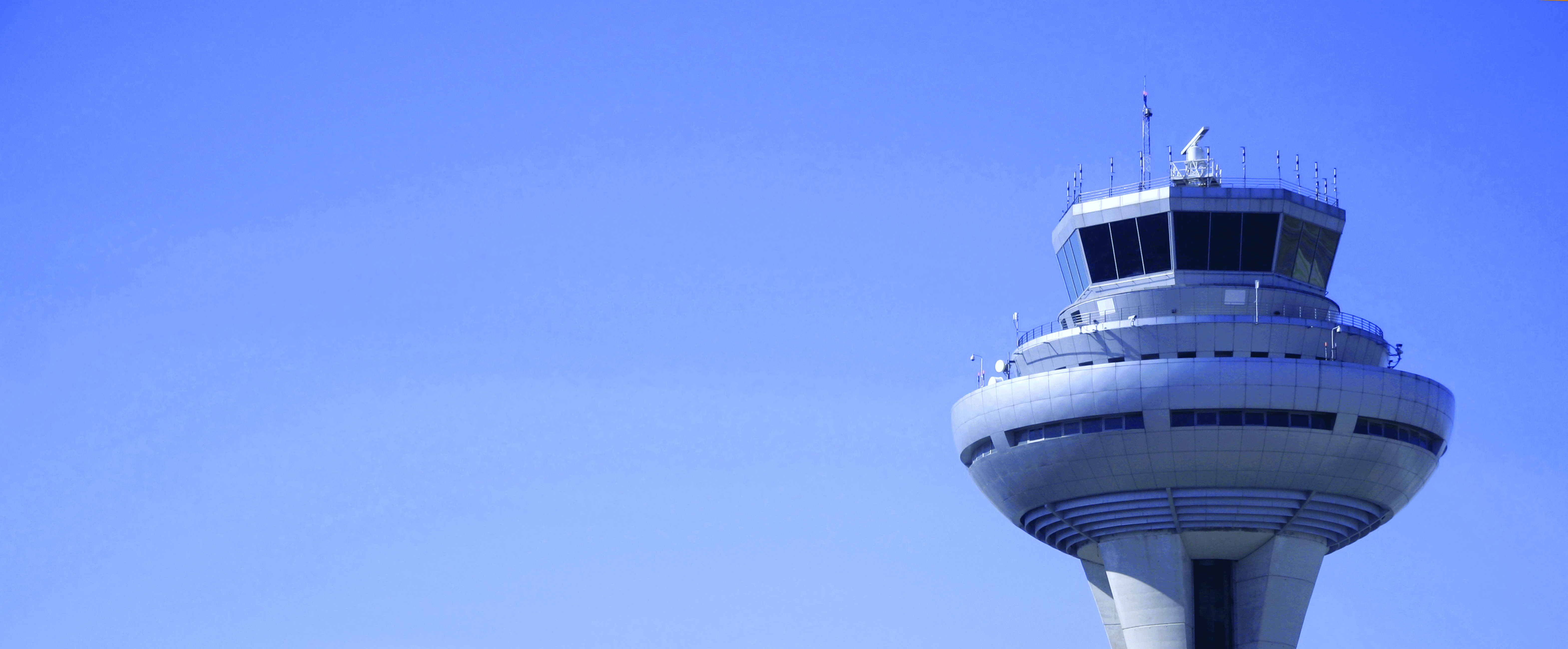SITAONAIR has expanded the operational capacity of air traffic service (ATS) datalink across Brazil’s airports, in a step towards modernising air traffic control operations in the country as air traffic continues to rise.
The development of the service follows SITAONAIR’s instrumental work with Brazil’s Department of Airspace Control (DECEA), as part of the wider Brazilian Air Navigation Modernization SIRIUS program to advance ATS Datalink services. The deployment of services for The Commission for the Implementation of the Airspace Control System (CISCEA) to 24 control towers across Brazil began in June 2016, ahead of the Olympic Games in Rio de Janeiro. Since then, the initiative, in partnership with SITAONAIR’s specialist air traffic control partners Saipher and ATC Systems has continued to evolve, increasing safety, sustainability and operational efficiency.
As a result, DECEA has seen an increase in aircraft opting to access voice and datalink ATIS (D-ATIS) as well as DCL (Datalink Departure Clearance Service) information in a more digital, convenient and secure manner, with approximately 250 departure clearances issued a day and 20,000 D-ATIS requests a month from the country’s major airports.
The 2016 Olympic Games saw usage peak for both services, with São Paulo International Airport alone contributing to 25% of all pre-Future Air Navigation Services (pre-FANS) messages exchanged through the new SITAONAIR datalink infrastructure.
SITAONAIR’s most recent infrastructure development in 2018 includes establishing services at two additional airports, Rio de Janeiro’s Santos Dumont and São Paulo’s Campinas, bringing the total number of fully-equipped control towers to 26.
The implementation of these services in Brazil has been embraced by pilots and air traffic controllers alike. Thanks to SITAONAIR’s provision of AIRCOMcats and AIRCOMevatis systems to CISCEA as part of the contract, more than 20,000 D-ATIS pilot requests for Brazilian airports are managed every month from major airlines across all Brazilian airports. São Paulo, São Paulo Congonhas and Rio Galeao airports cover around 50% of the pilot requests.





